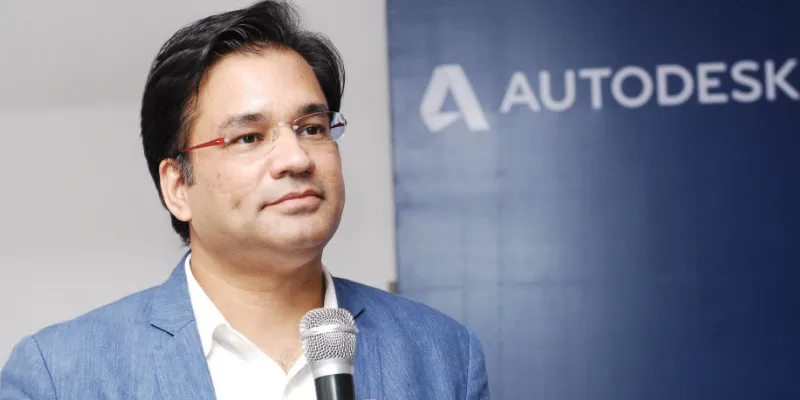Do's and don'ts for hardware startups to scale and compete globally
It seemed to be a eureka moment for hardware products startups when the flagship Make in India initiative was launched. Since then, lots of initiatives have been taken up to elevate India’s position as a global manufacturing hub. The government now expects to see an increase in the contribution of manufacturing output to 25 percent of GDP by 2025 from 16 percent currently.
Despite all the pivotal inventiveness, however, the recent NASSCOM-Zinnov Startup Report 2016 stated that there is a lower uptake for hardware startups in India owing to various challenges, such as the lack of infrastructure, poor distribution systems and the absence of a B2C market for novel products.
Autodesk, a world leader in 3D design technology, in collaboration with 500 Startups, a global venture capital seed fund and startup accelerator, has initiated a one-day workshop-blueprint for Indian hardware startups. The workshop, which was meant to enable and encourage innovation in hardware startups, was attended by 55 hardware startups from across the country.

To gain a few insights into how hardware startups can overcome the challenges that are plaguing their growth and scalability opportunities, we caught up with Varun Gadhok, Head of Manufacturing, Autodesk India. Here’s what Varun had to say:
Challenges
There is a lack of a structured ecosystem for hardware startups in India, ranging from issues like design and support to raising funds and mass production.
Changing trends
Globally, the trends in the manufacturing space evolved from consumer products in the healthcare and wellness sector to other industries like aerospace and warehouse automation. The hardware startups are now gaining enough traction because of the technology interventions, which even made it simpler for them to ideate something that can be easily translated into prototyping and designing. Even the big companies like Samsung, Apple and Google are in the business of both hardware and software.
Looking at the global scene, the startups have brought lots of encouragement and, therefore, I see 10 to 12 percent growth year-on-year in the hardware startups space.
Technology innovation in hardware space
We started engaging with the startup community a couple of years ago. We have a product called Fusion 360, which is a platform for any kind of concept creation, design, manufacturing and validation of design. Fusion 360 is CAD, CAM, and CAE tool that connects the entire product development process in a single cloud-based platform that works on both Mac and PC. The scale of production required to launch a product has become much smaller owing to new, accessible and affordable technology like 3D printing, cloud-based digital prototyping and fabrication tools like Fusion 360.
We give our software free to the education community, to make them well-trained. Students, teachers and academic institutions all over the world can have free access to Autodesk software. Autodesk helps students get fully equipped with tools and resources to achieve academic goals.
In general, startups can leverage digital designing to create a virtual prototype, which can be 3D printed before they come up with the final prototype. The key to success is how soon you can translate your idea into reality.
Hardware product lifecycle development
The process starts with ideation, the concept stage to real engineering design, which has to be validated. Then it will be followed by the manufacturing process and, finally, by the sale of the product in the market. In order to ensure the peak in the number of sales, startups should focus on the pre-booking of products.
Overcoming financial hurdles
Technologies today play a crucial role in stimulating the demand for the products and managing production. If startups churn out their products well in time, they will never run out money. Moreover, it would be advisable for the startups to extract key learning from traditional manufacturers like Maruti and Japanese Just in Time technologies. Given a level playing field, with crowdfunding and low-cost hardware, software, and even production, hardware startups can today compete with the larger companies to bring innovation and disruption to the market.
How to reduce the cost of production
Cost cutting can be done at all stages by using the right kind of technology to design an efficient product, and the minimum number of components in the design and manufacturing processes. Disruptive technologies like 3D printing can significantly minimise costs.
Protecting intellectual property rights
If a startup has a really original idea, filing the patent immediately would be advisable. On the other hand, if the idea is of the nature of a me-too product with additional instinctive features, the focus should be on prototyping and then filing the patent.
Varun further emphasised that for India to transform into a product economy from a services economy, the hardware startup ecosystem needs to be nurtured, enabled and equipped with the best of tools, technology and support from the Government, large companies, VCs, incubators and accelerators.
In addition to external enablers, a very efficient core team is a must. An effective team will help you build the business, analyse the hurdles and take a very structured approach to solve the problems.







